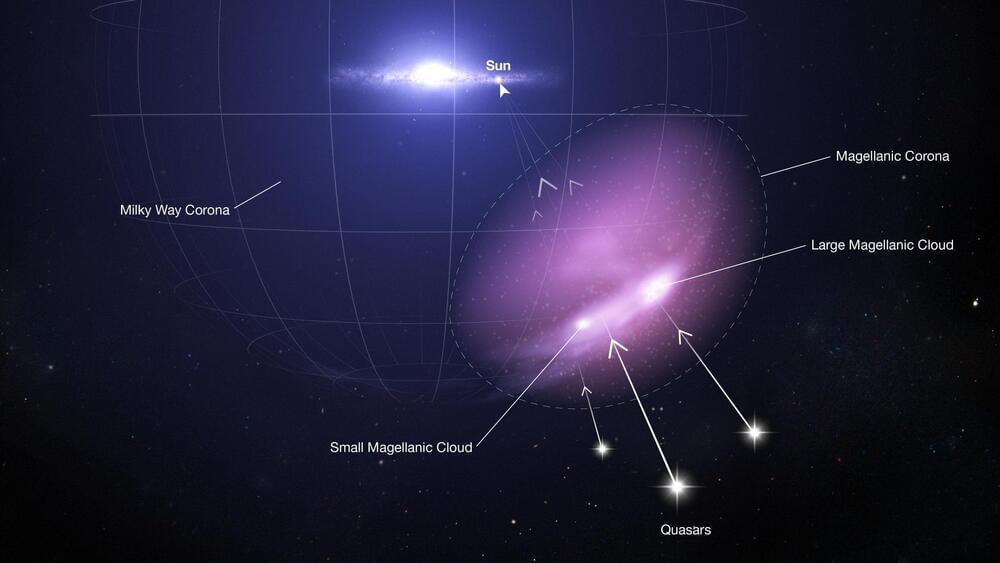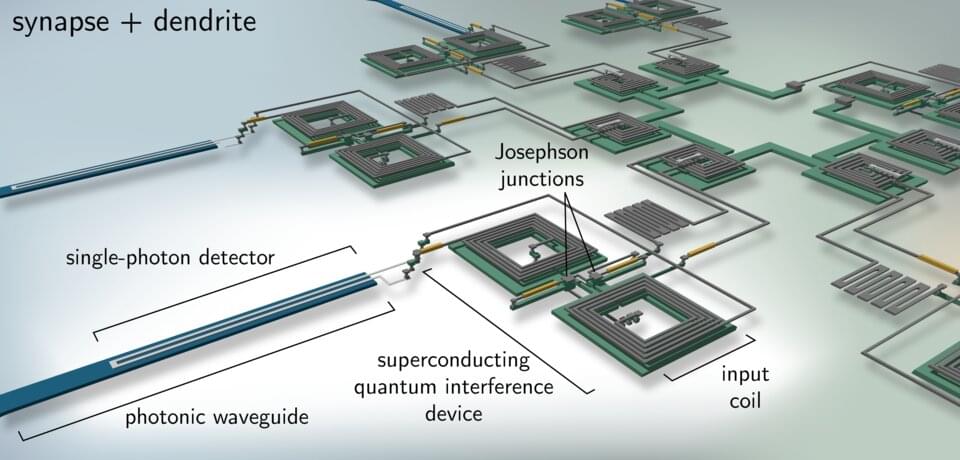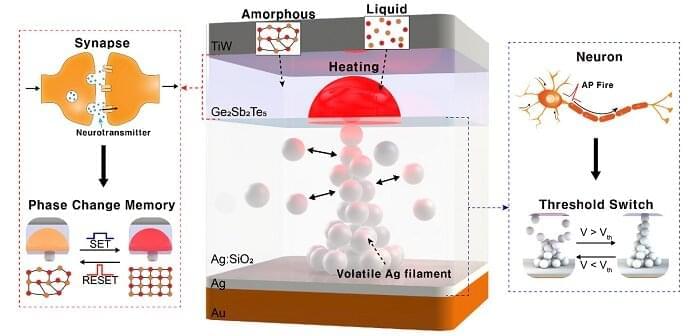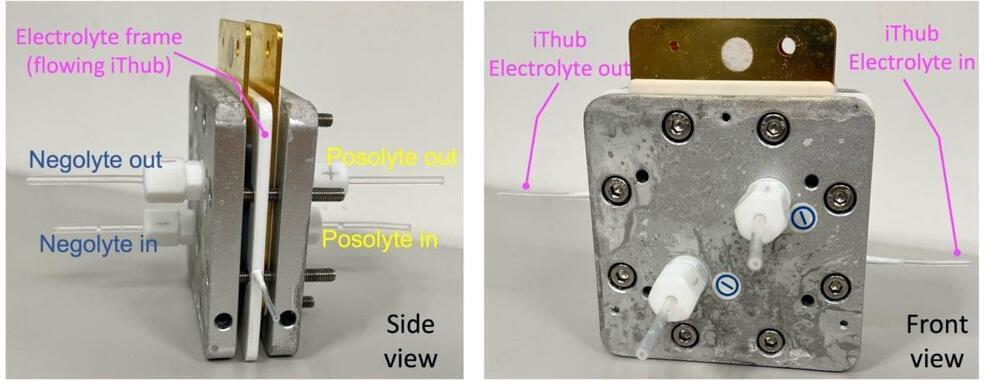Dr. Sarita A. Mohanty, MD, MPH, MBA (https://www.thescanfoundation.org/about/board-of-directors/sarita-a-mohanty/), serves as the President and Chief Executive Officer of The SCAN Foundation, one of the largest foundations in the United States focused on improving the quality of health and life for older adults. Its mission is to advance a coordinated and easily navigated system of high-quality services for older adults that preserve dignity and independence.
The SCAN Foundation was created as an independent charitable organization in April 2008 through a $205 Million one-time contribution from the not-for-profit SCAN Health Plan, a not-for-profit, Medicare Advantage based in Long Beach, California.
Previously, Dr. Mohanty served as the Vice President of Care Coordination for Medicaid and Vulnerable Populations at Kaiser Permanente; Assistant Professor of Medicine at USC; Chief Medical Officer of COPE Health Solutions, a health care management consulting company; and Senior Medical Director at L.A. Care, the largest U.S. public health plan.
Dr. Mohanty completed her Internal Medicine residency at Beth Israel Deaconess Medical Center and research fellowship at Harvard Medical School. She earned her MD from Boston University, MPH from Harvard University, and MBA from UCLA. She completed undergraduate work at UC Berkeley. She currently is an Associate Professor at the Kaiser Permanente Bernard J. Tyson School of Medicine and is a practicing internal medicine physician with Kaiser Permanente.









